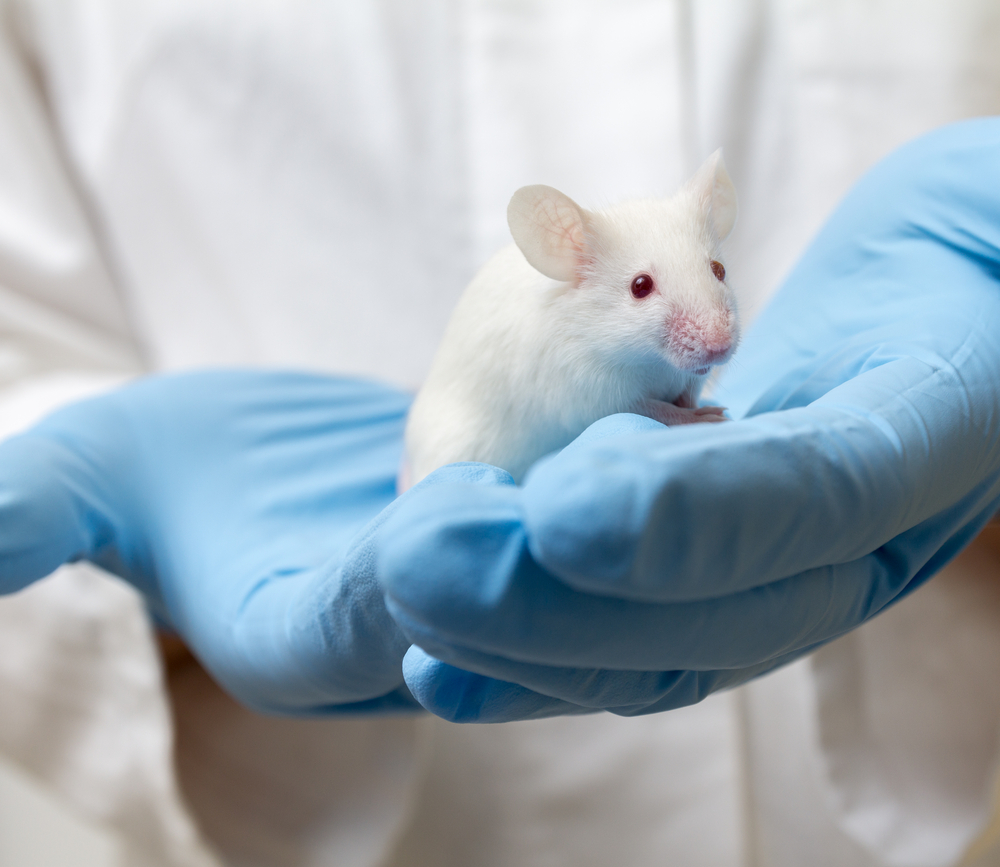Vildagliptin Inhibits Scarring After Bacteria-related Lung Injury, Mouse Study Shows
Written by |

The diabetes therapy vildagliptin reduces lung scarring after bacteria-related lung damage, according to a study in mice.
It does this by preventing endothelial cells that line lung blood vessels from transforming themselves into stem cells — a process lungs use to protect themselves from the bacteria-related attack, known as an endotoxic attack.
Lung scarring, or pulmonary fibrosis, is a late manifestation of acute respiratory distress syndrome, or ARDS. The syndrome is usually a complication of an existing health condition, but can also result from an infection.
Sepsis, in which the body attacks its own tissues during an excessive inflammatory response, is the most common cause of ARDS.
Sepsis leading to ARDS involves interactions between endotoxins, which lie in the outer membranes of bacteria, and pulmonary vascular endothelial cells, or PVECs. To protect themselves from this toxic attack, PVECs go through a process known as endothelial-to-mesenchymal transition, or EndMT. This involves the endothelial cells changing into mesenchymal stem cells.
Evidence suggests that transient EndMT cells are involved in endothelial cell repair after an injury, but may also be involved in the development of fibrosis after an injury.
Other evidence suggests that inhibiting CD26/dipeptidyl peptidase 4 (DPP-4), which is involved in EndMT, may help prevent inflammation. DPP4 is a protein associated with immune regulation, cell signal transmission, and apoptosis, or programmed cell death.
Researchers wondered if vildagliptin, a DPP-4 inhibitor, could reduce EndMT-linked pulmonary fibrosis after sepsis. Their study, “Vildagliptin ameliorates pulmonary fibrosis in lipopolysaccharide-induced lung injury by inhibiting endothelial-to-mesenchymal transition,” was published in the journal Respiratory Research,
The team used a mouse model of septic acute lung injury, or ALI. They achieved ALI by intermittently injecting mice with lipopolysaccharide (LPS) to trigger EndMT that led to pulmonary fibrosis.
They discovered that persistent systemic endotoxemic injury — which they achieved with the LPS injections — leads to pulmonary fibrosis through EndMT.
Importantly, they learned this was reversible and does not occur when endotoxemia is only transient. Treating mice with vildagliptin reduced the LPS-triggered fibrosis, the team found.
After analyzing mesenchymal stem cell markers, the researchers also discovered that vildagliptin reduced the mice’s EndMT. It did not do this by regulating an immune response but by reducing oxidative stress and DPP-4 in PVECs, the team said. They obtained similar results when testing human PVECs in a lab.
The team noted that the protocol they used in their experiments was preventive rather than therapeutic. Determining vildagliptin’s therapeutic value requires a different approach, and will probably be the topic of future studies, they said.
“The current study demonstrated that in a pulmonary fibrosis murine [mouse] model after systemic endotoxemic injury, EndMT was observed in endothelial cells that over-expressed DPP-4,” the researchers said. “Vildagliptin might play a beneficial role in ameliorating pulmonary fibrosis by inhibiting EndMT,” they concluded.






